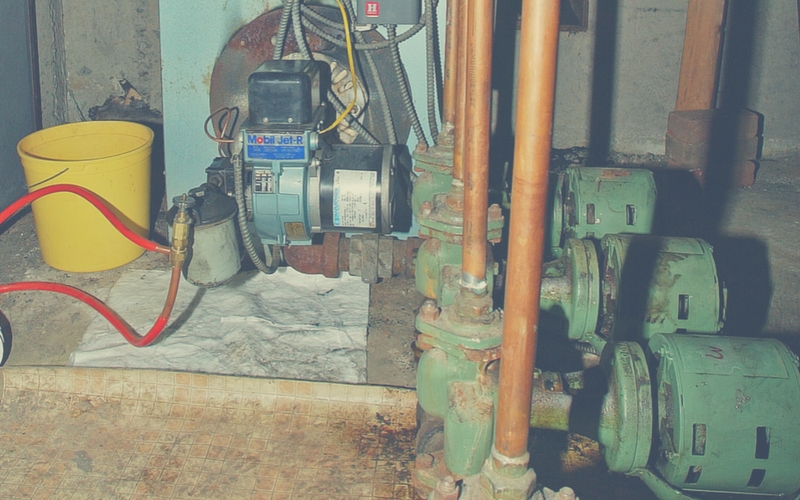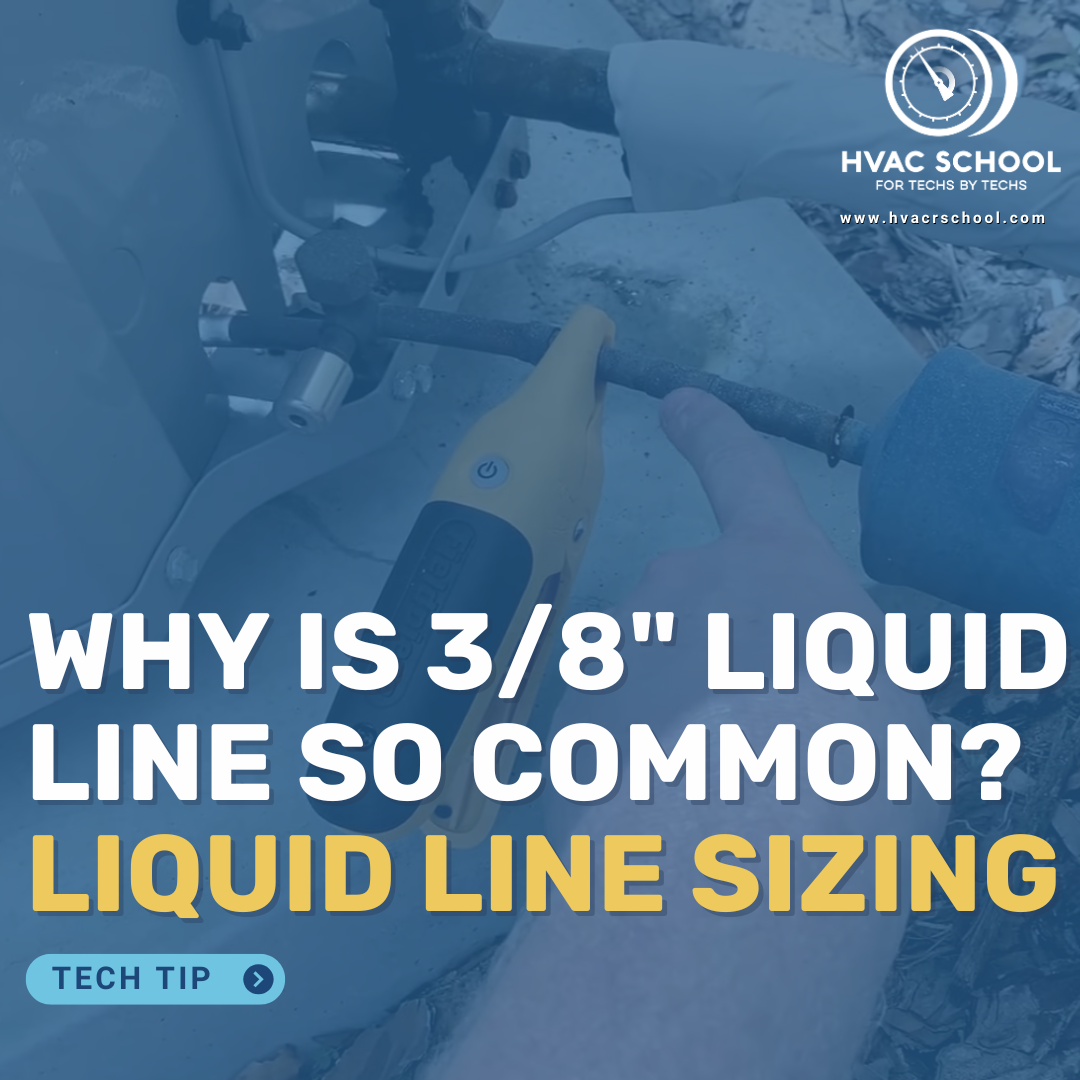Get Tech Tips
Subscribe to free tech tips.
HVAC Fire Safety Systems in Restaurants
This article was written by Christopher Stephens. He is a commercial HVAC/R service manager in the greater Los Angeles area. Thanks, Chris.
Let’s start by covering the three elements needed for a fire: fuel, air, and heat (spark). With those three elements in the right condition, you can start a fire. So, if we reduce the oxygen to an existing fire, we can slow it down until the fire department can arrive to extinguish the fire.
In a restaurant, we use exhaust fans to remove unwanted smoke and heat produced by cooking appliances from the kitchen. However, we also need to add makeup air to the restaurant to compensate for the exhausted air. If we didn’t, then the exhaust fans would create a negative air pressure that would make it very difficult to open the doors to the restaurant. (I always like to use the paper bag analogy here. If you put a paper bag over your mouth and suck, the bag will collapse, but if you cut a hole in the bag, the air will pass right through the bag.) This makeup air can be delivered back into the building by a dedicated supply fan unit or by using fresh air dampers on the air conditioning units. Now, let's move to some safety devices.
Air conditioning units move large amounts of air, so we install duct smoke detectors in the ductwork to “detect” smoke for safety reasons. If they sense smoke, they shut down that air conditioning unit to eliminate the oxygen source and stop the spread of the fire. At the same time, they also send a signal to the fire alarm company that there is a fire. Most duct smoke detectors have two alarm functions. They can detect a fire condition, and they can detect a trouble condition. A fire condition is obvious; the detector's sensor detects smoke, so it triggers a direct short (closed) in a relay and sends a signal to the fire alarm company. Now, a trouble condition can be several issues, all depending on how the detector is configured. We can configure a duct smoke detector to signal a trouble condition if someone has taken the cover off the duct detector, if the detector has lost power, or if there is a malfunction in the smoke sensor.
It's important to note that most fire alarm companies monitor a duct detector with an 18/2 thermostat wire. A fire condition is sensed when there is a direct short between those two wires, and a trouble condition is sensed when a resistor that is placed between those two wires disappears from the system by means of a normally open contact closing. So, if we place an ohmmeter across the alarm terminal on a properly operating duct smoke detector without a fire condition, we should read the resistance of the resistor. (The resistance value is determined by the fire alarm panel manufacturer.) If we have a trouble condition, we will read an open line across the alarm terminal, and if we have a fire condition, we will have a direct short across the alarm terminal. This system was designed so that the smoke alarm system can ensure that the circuit is intact at all times. Otherwise, the circuit could be broken (open), and when a fire occurs, the alarm won't trigger. The resistor helps the fire system prove that the circuit is intact and ready to rock.
Now, let’s talk about exhaust fans. As stated above, they remove smoke and heat from the building during normal operation. However, if there is a fire in the restaurant, they can aid in slowing down the fire until the fire department arrives to extinguish the fire. We can do this by turning on the exhaust fans and turning off all supply air to the building (makeup air or air conditioners). By doing that, we will be reducing the oxygen in the building to suffocate the fire. We accomplish this task by using relays built into the exhaust control system. These relays open and shut off all of the A/C systems and makeup air while closing to turn on the exhaust. That reduces the exposure of the flame to oxygen, thus reducing the spread and intensity of the fire.
—Christopher










Comments
To leave a comment, you need to log in.
Log In